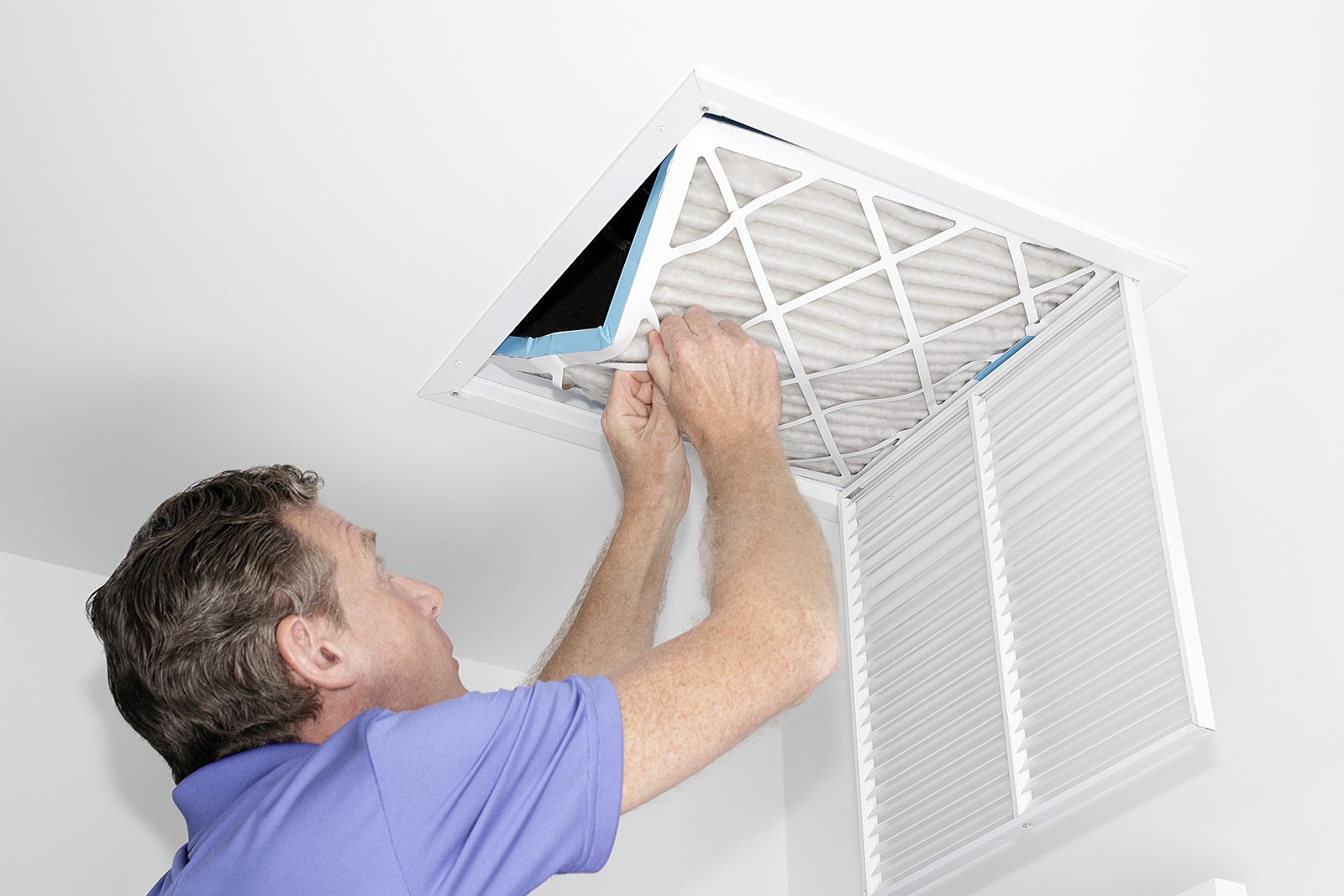
You head over to the thermostat to turn up the heat. But instead of feeling a warm blast of air, you get hit with a chill.
Here are some of the most common culprits behind getting a cold blast of air from the heating vents and how to troubleshoot the problems.
Quick Check First
Before calling the repairman, do a quick vent check first.
Walk around the house and make sure all the vents are open and unblocked. Furniture can accidentally cover them. Open any closed vents all the way so air flows freely.
Cold air is coming out of the vents even though the furnace is running!
Some Common Problems
Thermostat Issues
Still feeling cold air? Take a peek at the thermostat next. Make sure it’s set to “Heat” mode – it’s easy to bump it to “Off” accidentally when cleaning. Also change the batteries if they are low. Weak batteries could shut off the system without you realizing.
Replacing a dirty filter is an easy fix. Just check it and swap in a new one if it looks dirty. Experts recommend changing it every 1-3 months, or more often if you have pets. A clean filter allows air to flow freely so your furnace can heat the air again.
Clogged Air Filter
If the thermostat seems fine, the issue is probably a clogged filter. The filter catches dust and dirt as air circulates through the HVAC system. After a while, it gets overloaded and blocks airflow. This prevents the furnace from heating the air properly.
Signs of a clogged filter are weak airflow from vents and the system working hard to maintain temperature.
Malfunctioning Pilot Light
In a gas furnace system, the pilot light is a small flame that ignites the furnace burners to create heat. It should remain lit at all times in order to power on the furnace automatically when heat is needed.
If the pilot light goes out for some reason, this stops the furnace from firing up and heating your home. A blown out pilot light is one of the most common furnace issues.
Some of the reasons why a pilot light can get extinguished include:
- Strong drafts or gusts of air – A drafty furnace area or a gust of wind down the chimney can blow out the pilot.
- Dirty furnace components – Buildup of dust, dirt or debris around the pilot assembly can choke the flame.
- Pilot assembly issues – The thermocouple or ignition system might be malfunctioning, preventing the pilot from staying lit.
- Gas supply problems – Kinks in the gas line or irregular gas pressure can cause the pilot light to go out.
If you have a gas furnace and cold air is coming through the vents, inspect the pilot light first. Relight it if needed and see if that solves the problem. You may have to relight it several times until the thermocouple warms up and keeps the flame on consistently.
If the pilot won’t stay lit no matter what you do, it’s best to call an HVAC technician to service the furnace and diagnose the underlying issue. Let the pros handle gas furnace repairs.
Old or Dirty Flame Sensor
Similar to the pilot light, a flame sensor is another key component in gas furnace systems. This sensor monitors the pilot flame and signals the furnace to continue running when fire is present.
Over time, flame sensors can get coated in debris, rust, or corrosion. This prevents the sensor from detecting the pilot properly. If the sensor doesn’t recognize that the pilot is lit, the furnace won’t ignite the gas burners to create heat.
Before calling a professional, try cleaning the flame sensor yourself. Turn off the power to the furnace. Then use steel wool or emery cloth to gently scrub away any gunk on the sensor. Be careful not to damage the sensor in the process.
Put everything back together, power the furnace on and see if that restored proper function. If the furnace still blows cold air, it’s likely time to replace the faulty flame sensor completely.
Faulty Limit Switch
Inside your furnace is a limit switch – a safety device that turns the blower fan on and off based on air temperature.
When the air inside the furnace reaches a minimum temperature, the limit switch tells the blower fan to turn on. This sends the heated air into your ductwork to warm the home. The limit switch protects the furnace from overheating by turning the fan off if it gets too hot inside.
If this limit switch stops working properly, it may not give the signal for the blower fan to turn on even when the air is heated. This results in room temperature air being blown through the vents rather than nice warm air.
Resetting the furnace or cleaning the limit switch might help get it working again. But a faulty limit switch often needs to be replaced by a technician in order to restore normal heating operation.
Blocked Vents or Ductwork
For heated air to flow through your home, the distribution system needs to be clear and unobstructed. If certain vents or ducts get blocked, it restricts airflow and prevents some rooms from getting sufficient heat.
Check that all the vents in your house are open and free of any blockage. Make sure furniture, rugs, drapes or toys are not covering up vents or returns. Even a small obstruction can hinder air circulation.
Inspect the ductwork running from the furnace to look for kinks or damage. Rodents or pests could have gotten into the ducts and caused a clog. You may need to call an HVAC company to clean out the ducts if you find obstructions.
Getting a professional duct cleaning periodically can ensure your distribution system remains debris-free and functions efficiently. Proper airflow means warm air can reach all vents as intended.
The Bottom Line
Feeling cold air from the vents when you have the heat on is annoying and uncomfortable. In many cases, the problem is minor and fixing it yourself will have your furnace or heat pump pumping out toasty air again in no time.
But some issues do require professional HVAC service and repairs. Don’t hesitate to call in a trusted technician if you’ve tried basic troubleshooting and are still getting blasts of cold air during winter.


